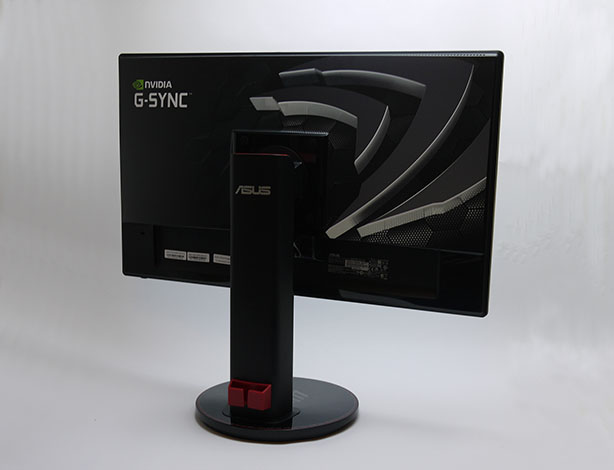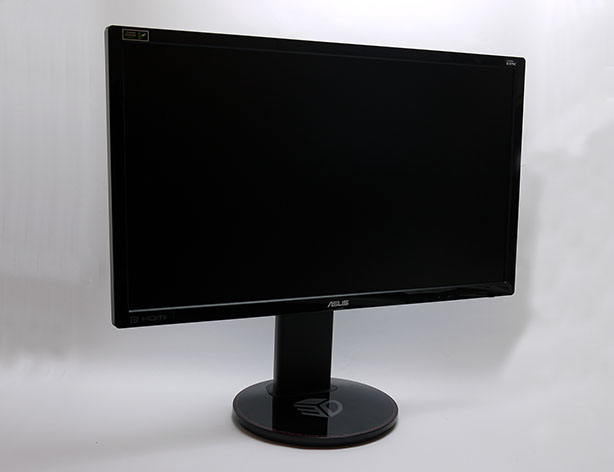Nvidia G-Sync Review - Conclusion
We’ve spent a couple of days and nearly 12 hours gaming on the Asus VG248QE with G-Sync and our general impressions have been mixed. In many ways Nvidia really shot itself in the foot using such a low-quality panel to demonstrate the technology as the overall experience of gaming on it has been a big step down from a monitor with an IPS panel – or even just a monitor that has any settings that allow you to adjust the picture. Without wishing to pre-empt our full review of this monitor too much, suffice it to say that the £441.41 asking price is quite steep considering the calibre of other displays available at that price.As for the technology itself, though, it delivers in spades. Assuming your framerate is between that sweetspot of 30fps and the upper refresh rate limit of your monitor (i.e. 60Hz) it delivers a striking improvement in the smoothness of your gaming experience. In the scenarios for which it really works, it truly is game changing.
That said, when we first saw it at its unveiling in Montreal it seemed like it would be a never-look-back moment for PC gaming, and it would be a real blow to AMD, given that the technology is proprietary. After all, if your overall experience would be much better at, say, 40fps on an Nvidia system with G-Sync, then who would care that an equivalent AMD card could deliver 50fps.
However, what we have found, skipping from game to game, is that there is enough variance that the impact of G-Sync can on average be subtle. While one game may constantly fit within the envelope of optimisation, others may consistently deliver in excess of 60fps or be dipping below 30fps. For instance, gaming on a GeForce GTX 670, we actually struggled to get Battlefield 4 to run consistently fast enough to not drop below 30fps on occasion when trying to aim for the sweet spot. Meanwhile we had to downclock the card by over 50% to get the framerate low enough to sit in that sweet spot for the likes of Bioshock and Tomb Raider. Of course not everyone has that level of card but for a technology that is likely to only be taken up by early adopters at this stage, being only of use to mid-range hardware isn’t ideal.
This is of course where the higher framerate of the monitor Nvidia chose comes in, and indeed running at 144Hz we found G-Sync having a more consistent impact – your window of improvement increases from 30fps-60fps to 30fps-144fps. But then it’s also a more subtle impact. With the monitor only waiting 6.94ms, rather than 16.7ms, for each repeated frame, stuttering is far less noticeable. As such the real proof of the pudding will be when high-quality, high resolution monitors start including the technology. Certainly once we’re at the level where getting a high-quality IPS monitor with G-Sync only costs, say, £50 more than the same panel without G-Sync then we could start recommending you go for it.
Whether you should buy an Nvidia graphics card just so you can take advantage of the technology is another matter though. Seemingly the technology is simple enough that other manufacturers could emulate it, though it certainly won’t happen any time soon. Precisely what protections Nvidia has in place, we’re not sure, but certainly there will be some barriers to others simply copying it. Regardless, we think there are still enough other factors at play in the world of PC graphics that right now G-Sync should be only one part of your considerations in what graphics card to buy right now. At the very least, wait until some more monitors with G-Sync hit the market before taking the plunge.

MSI MPG Velox 100R Chassis Review
October 14 2021 | 15:04











Want to comment? Please log in.